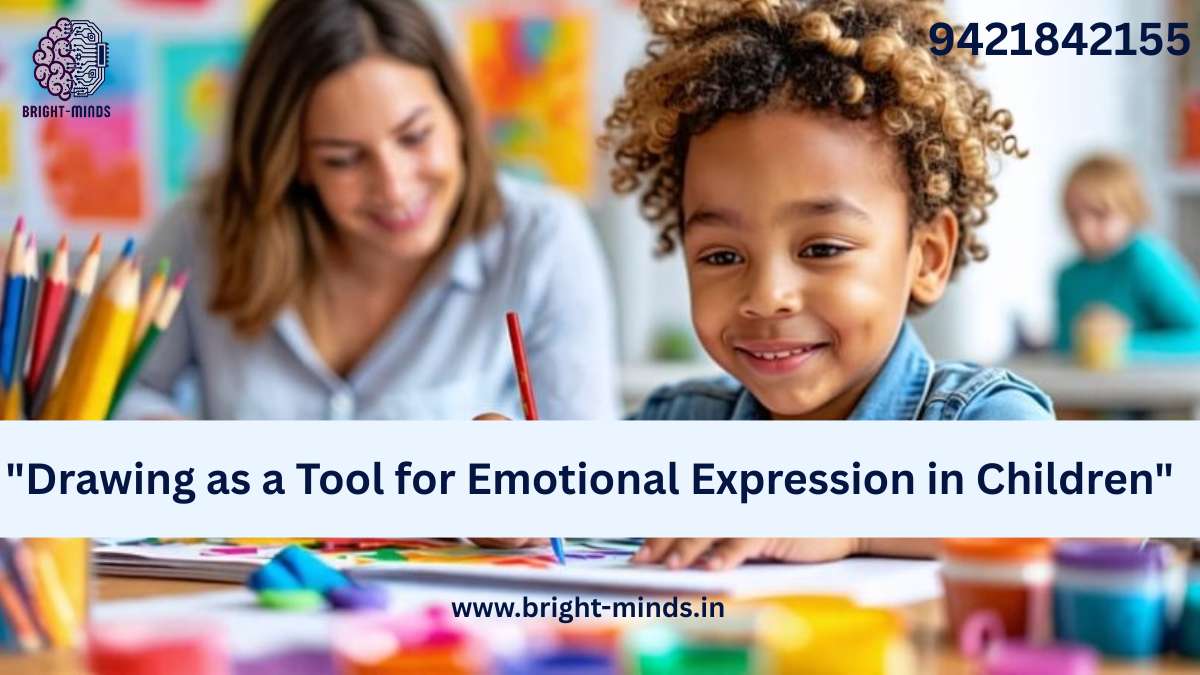In a world filled with screens, schedules, and structured routines, children often struggle to express how they truly feel. They may not have the vocabulary, confidence, or even awareness to say, “I’m sad” or “I’m anxious.” But give them a piece of paper and some crayons — and magic happens. […]
Read More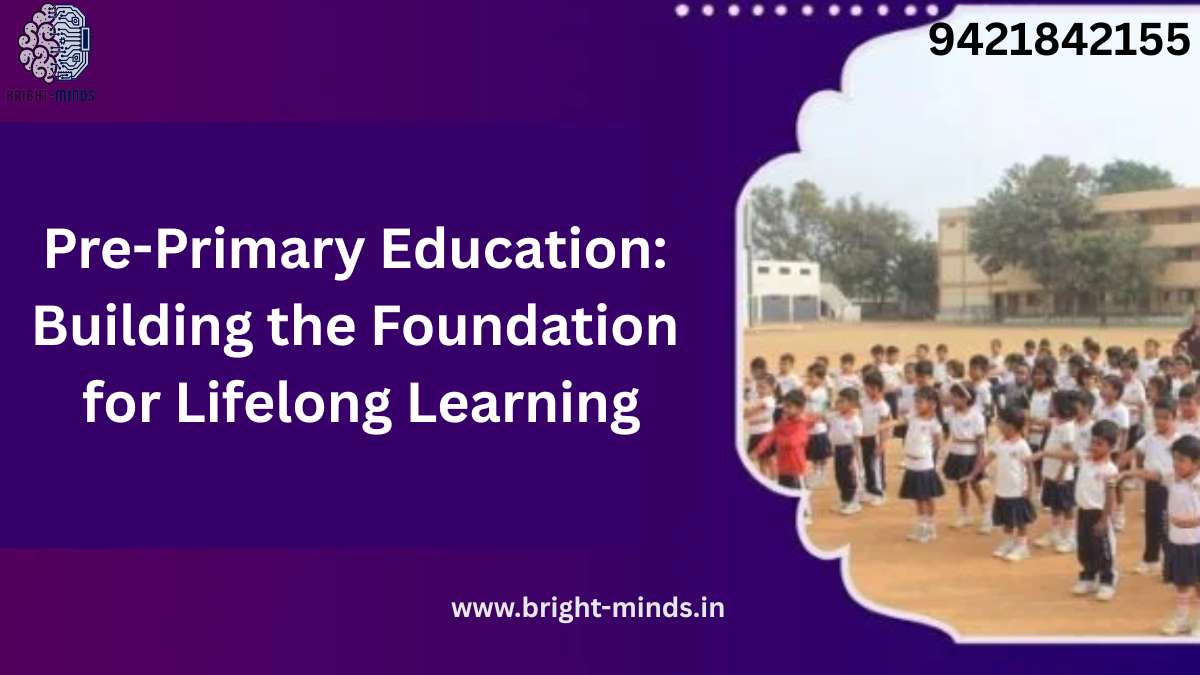
Pre-Primary Education: Building the Foundation for Lifelong Learning
In today’s fast-paced world, it’s easy to overlook the quiet but powerful force that shapes our future generations: pre-primary education. Before a child learns to read fluently or solve basic math problems, the early years of development — especially from birth to age 6 — set the groundwork for how […]
Read More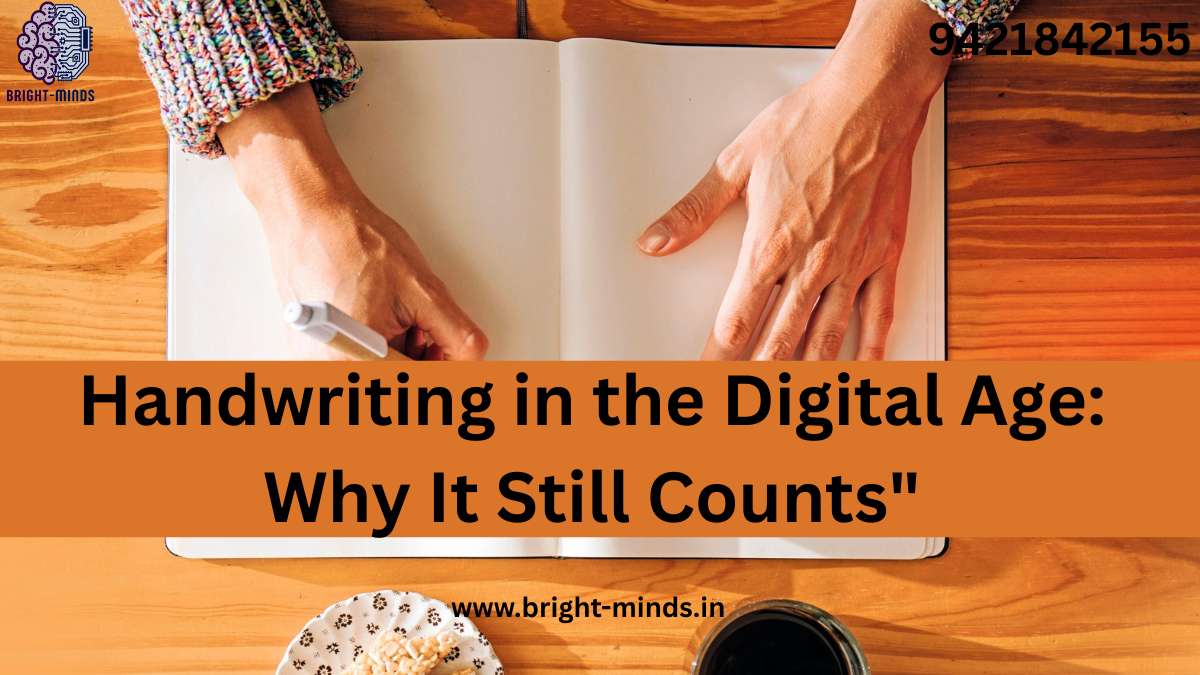
Handwriting in the Digital Age: Why It Still Counts
Have you ever paused to think about the last time you actually wrote something by hand? In a world where voice-to-text, keyboards, and touchscreens dominate our daily communication, handwriting might seem like a fading skill. But don’t count it out just yet. Despite the digital revolution, handwriting still holds power—not […]
Read More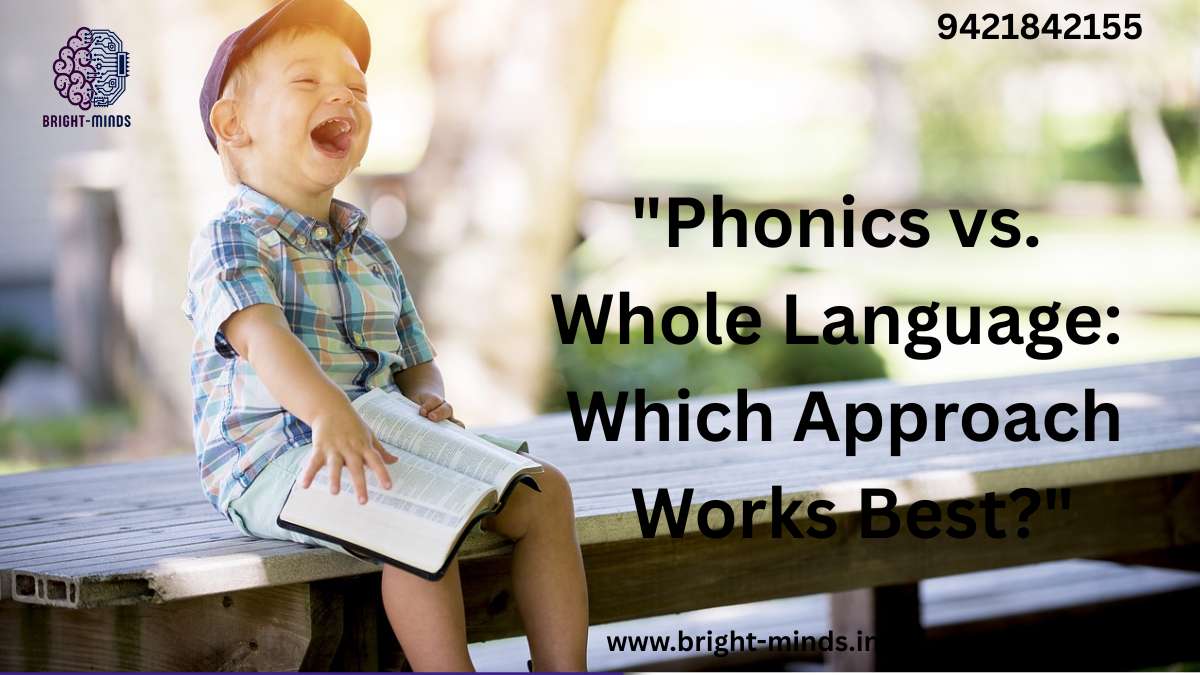
Phonics vs. Whole Language: Which Approach Works Best?
When it comes to teaching children how to read, few debates have sparked as much passion and research as the “Phonics vs. Whole Language” discussion. Parents, teachers, and education leaders alike want the same thing—for children to become confident, lifelong readers. But the question remains: Which method is more effective? […]
Read More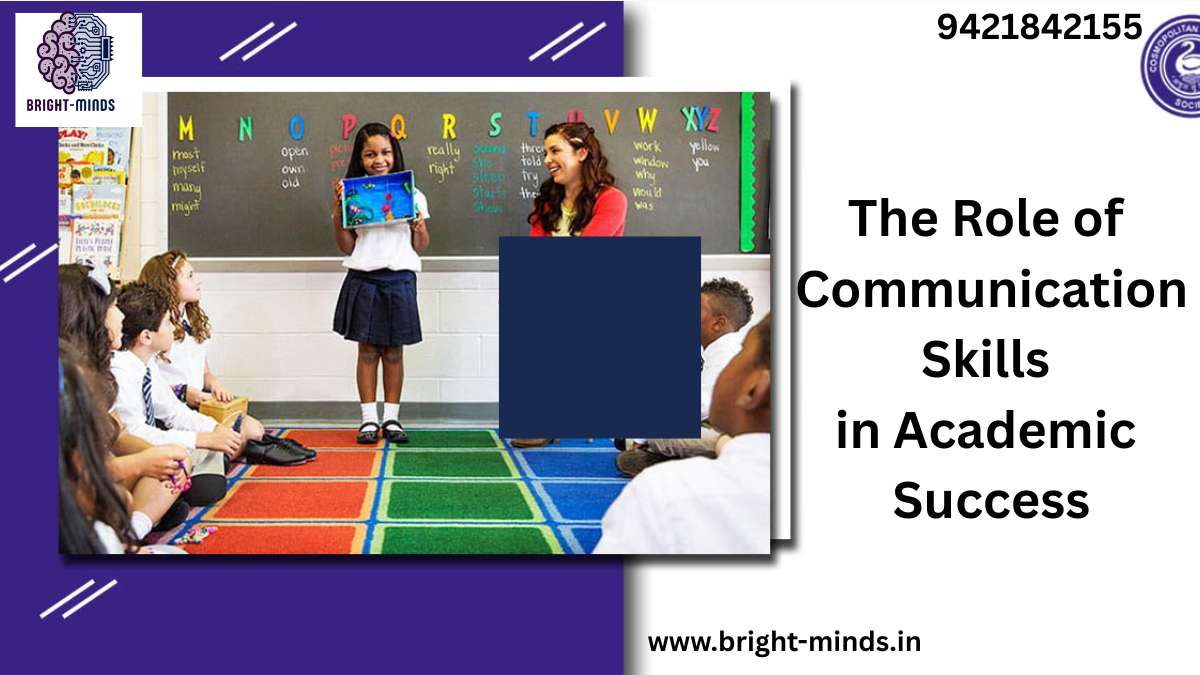
The Role of Communication Skills in Academic Success
In the classroom, it’s easy to assume that grades depend solely on how well a student studies or memorizes facts. But there’s an often overlooked factor that influences every quiz, project, and exam—communication skills. Whether you’re a student aiming for academic excellence, a parent guiding your child, or a company […]
Read More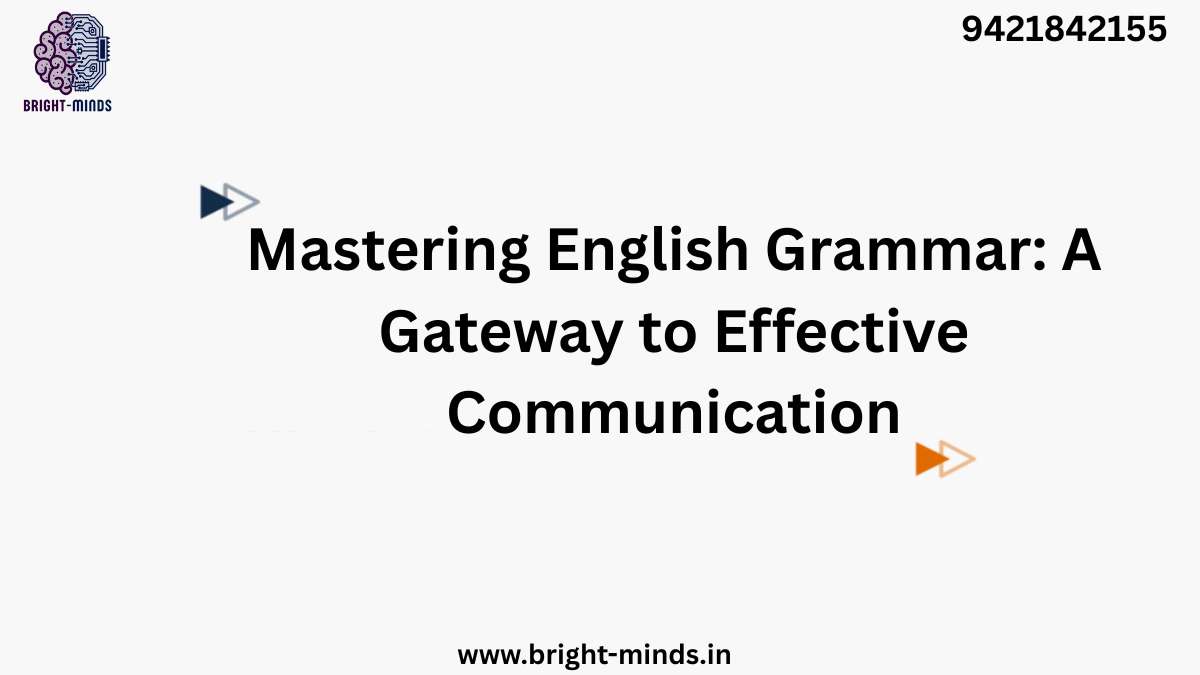
Mastering English Grammar: A Gateway to Effective Communication
policy documentation, and higher team efficiency. In today’s hyper-connected and globalized world, the way you communicate matters more than ever. Whether you’re a student, a working professional, or someone aiming to improve their soft skills, mastering English grammar is one of the most valuable investments you can make in yourself. […]
Read More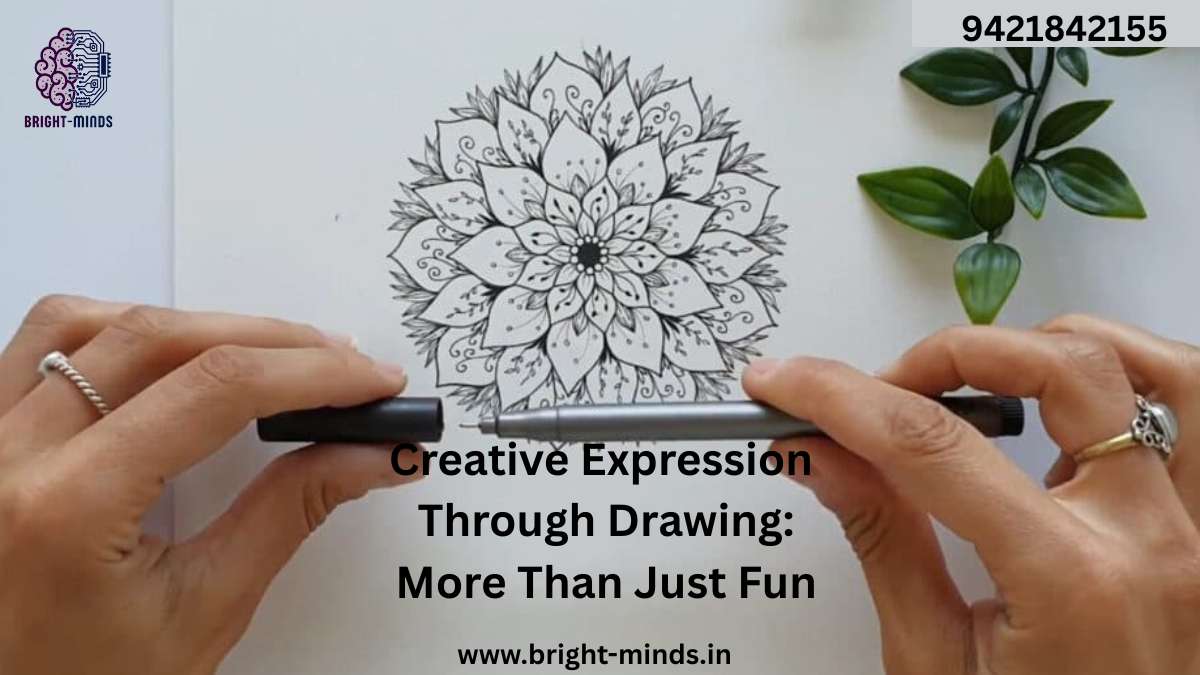
Creative Expression Through Drawing: More Than Just Fun
In a world obsessed with efficiency and results, we often forget the value of creativity—especially in its most humble and joyful form: drawing. Whether you’re doodling in a notebook, sketching an idea during a meeting, or watching your child bring a story to life with crayons, drawing isn’t just fun—it’s […]
Read More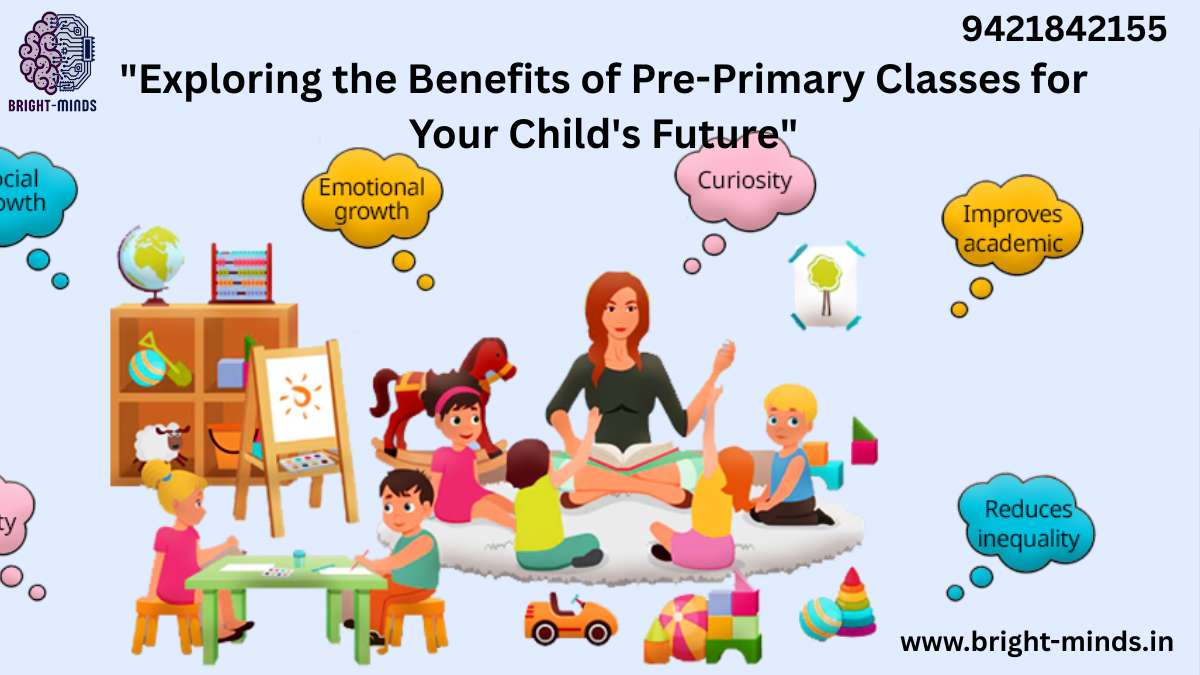
Exploring the Benefits of Pre-Primary Classes for Your Child’s Future
In today’s fast-paced, competitive world, parents are more conscious than ever about giving their children the right head start in life. While education has always been a cornerstone of success, what’s changing is when that journey begins. Welcome to the age of pre-primary education, where structured learning starts before kindergarten […]
Read More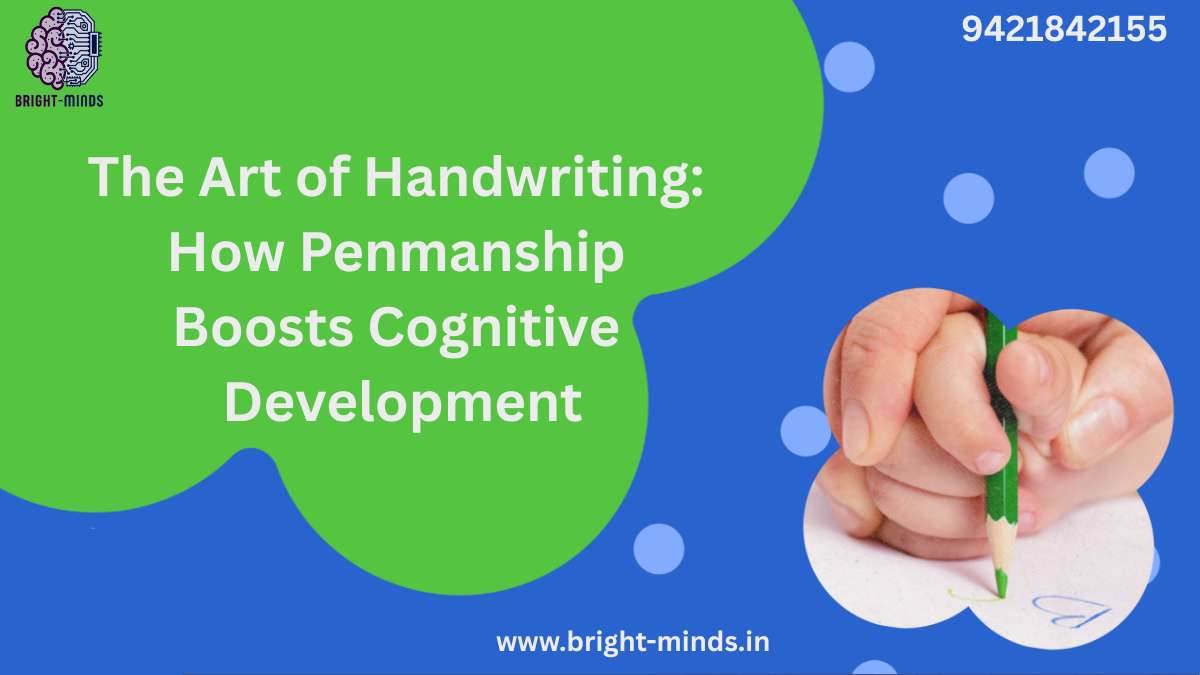
The Art of Handwriting: How Penmanship Boosts Cognitive Development
In a world driven by keyboards, touchscreens, and voice-to-text apps, the humble act of putting pen to paper may seem outdated. But what if we told you that handwriting—yes, good old-fashioned penmanship—holds surprising power in shaping the way we think, learn, and succeed? Whether you’re a lifelong learner, a parent, […]
Read More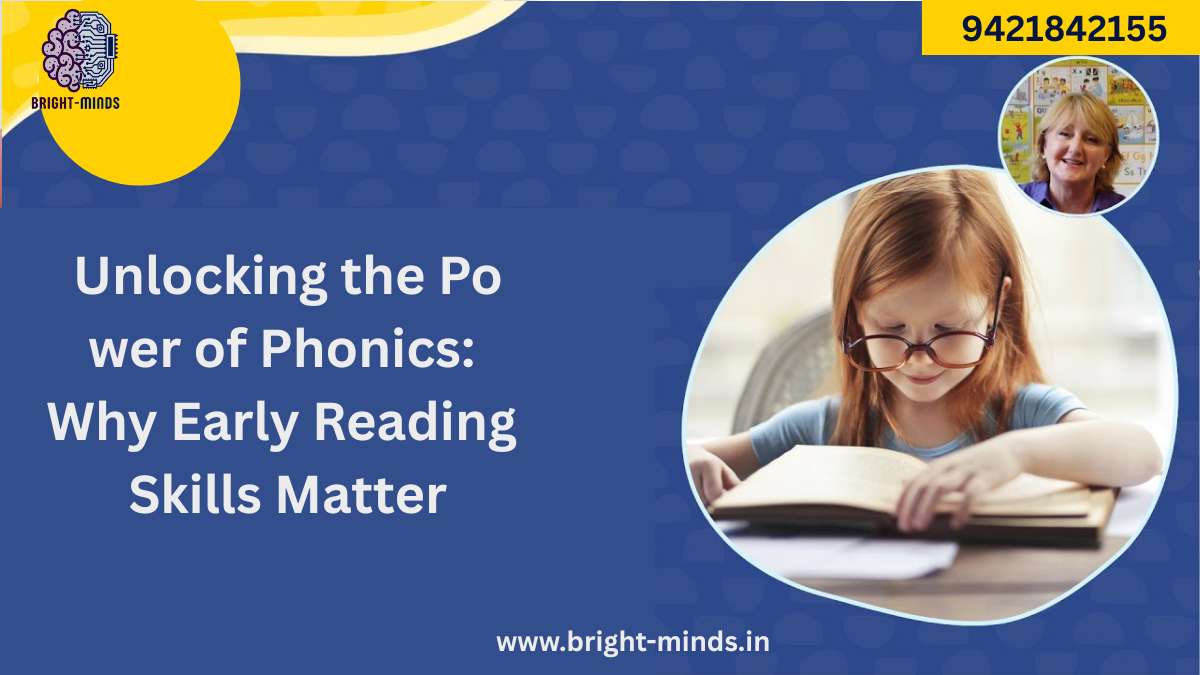
Unlocking the Power of Phonics: Why Early Reading Skills Matter
The Foundation for Lifelong Learning, Confidence, and Financial Success Picture this: a child opens a book and begins to read. Not by memorizing words or guessing pictures, but by decoding sounds, blending letters, and unlocking meaning—one syllable at a time. That’s the power of phonics—and it’s not just about reading […]
Read More
